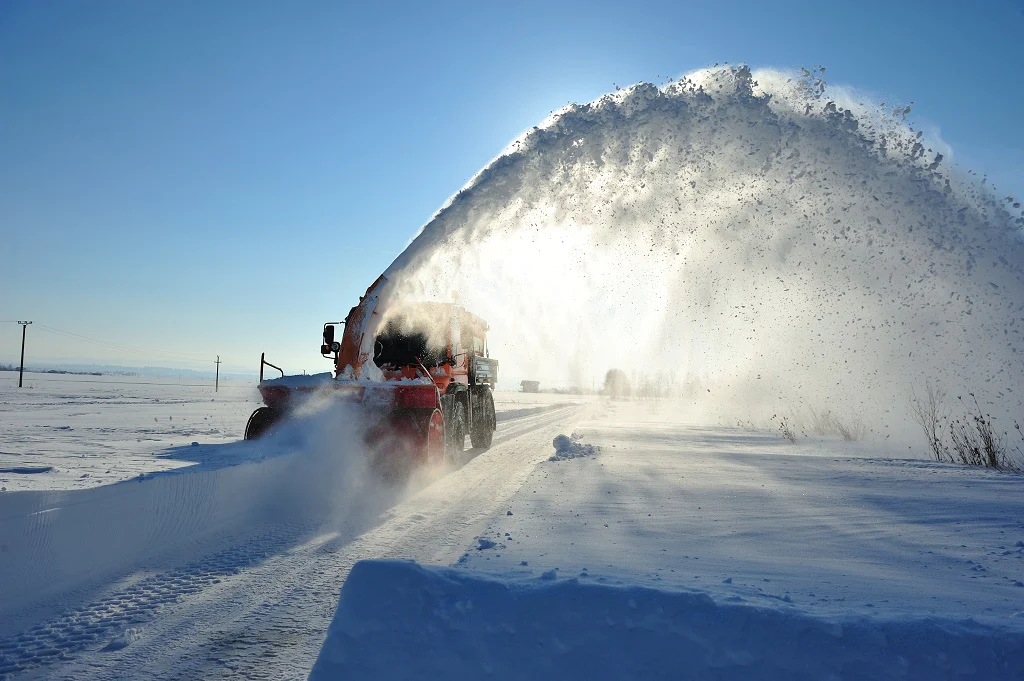
Climate change is a global phenomenon that has far-reaching effects on various aspects of our lives. From rising temperatures to unpredictable weather patterns, its impact extends to industries such as agriculture, transportation, and energy. One sector significantly affected by climate change is the snow removal industry. As winters become milder and snowfall patterns shift, professionals in this field are experiencing unique challenges and adapting to new realities. In this article, we will explore how climate change is impacting the snow removal industry and the measures being taken to address these changes.
1. Decreased Snowfall and Shortened Winter Seasons:
One of the most noticeable effects of climate change on the snow removal industry is the decrease in snowfall and the shortening of winter seasons in some regions. Warmer temperatures and shifting precipitation patterns result in reduced snow accumulation, making it challenging for snow removal businesses to maintain a consistent workload. With less snow to clear, professionals may face reduced demand and need to diversify their services or expand their operations into other areas.
2. Increased Variability and Intensity of Snowstorms:
While overall snowfall may be decreasing in some regions, climate change is also causing increased variability and intensity in snowstorms. Snowfall patterns are becoming less predictable, making it difficult for snow removal professionals to plan and allocate resources effectively. The unpredictability of snow events can lead to logistical challenges and the need for more flexible and adaptable approaches to snow removal operations.
3. Shifts in Equipment and Technology:
The changing dynamics of the snow removal industry due to climate change are driving advancements in equipment and technology. Professionals are investing in more versatile and efficient snow removal machinery that can handle a wider range of weather conditions. This includes equipment with adjustable blades, improved traction, and enhanced ice-melting capabilities. Additionally, the use of technology such as weather monitoring systems, GPS tracking, and real-time communication tools has become crucial in managing operations and optimizing resource allocation.
4. Focus on Sustainable Practices:
Climate change has prompted a growing emphasis on sustainable practices within the snow removal industry. Professionals are adopting environmentally friendly de-icing materials, reducing their use of salt and chemicals that can harm ecosystems and water sources. They are also exploring alternative energy sources for powering snow removal equipment, such as electric or hybrid options. Sustainable practices not only help mitigate the environmental impact of snow removal operations but also align with the broader goals of combating climate change.
5. Diversification of Services:
To adapt to the changing landscape, many snow removal businesses are diversifying their service offerings. With shorter and less predictable winter seasons, professionals are expanding into related areas such as landscaping, lawn care, or other seasonal services. By diversifying their services, snow removal companies can maintain a more stable income throughout the year and better serve their clients' needs beyond snow clearing.
6. Collaboration and Industry Adaptation:
The snow removal industry is also embracing collaboration and knowledge sharing to navigate the challenges posed by climate change. Professionals are joining industry associations, participating in conferences, and engaging in discussions to exchange insights, strategies, and best practices. Through collaboration, the industry can collectively adapt to the changing conditions and find innovative solutions to the challenges posed by climate change.
Climate change is undoubtedly impacting the snow removal industry, requiring professionals to adapt and innovate. Decreased snowfall, increased variability in snowstorms, shifts in equipment and technology, sustainable practices, diversification of services, and collaboration are all key responses to these challenges. By embracing these changes, the snow removal industry can continue to provide essential services while minimizing its impact on the environment and effectively managing the evolving needs of clients in a changing climate.
Related Posts
How to Choose the Right Tree Removal Service in Tualatin
When it comes to tree removal, choosing the right service is crucial to ensuring...
Read More
Church Chairs Clearance Sale: How to Save on Worship Seating
Furnishing a church sanctuary with high-quality seating can be a significant inv...
Read More
Customer Spotlight: Success Stories from Snow Leads Professionals
Snow Leads has revolutionized the snow removal industry by connecting profession...
Read More
Innovations in Snow Removal Technology: What’s New in the Field
Snow removal is an essential task during the winter months, ensuring safe and ac...
Read More




